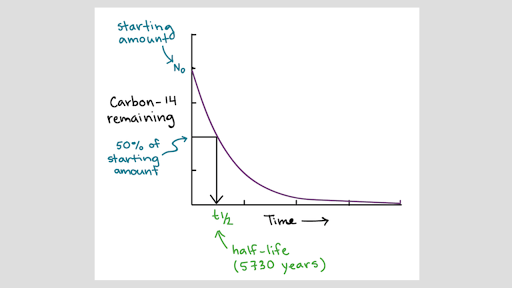Atomic Number of Nitrogen is 7.
Chemical symbol for Nitrogen is N. Number of protons in Nitrogen is 7. Atomic weight of Nitrogen is 14.007 u or g/mol. Melting point of Nitrogen is -209,9 °C and its the boiling point is -195,8 °C.
Nitrogen is atomic number 7, which means each nitrogen atom has 7 protons. Its element symbol is. Nitrogen Nitrogen is a chemical element with symbol N and atomic number 7. Classified as a nonmetal, Nitrogen is a gas at room temperature.
» Boiling Point» Melting Point» Abundant» State at STP» Discovery YearAbout Nitrogen
Nitrogen is a gas without odor and color, which is very important for chemical industry and agriculture since it is essential for plant growth and often added to soils with fertilizers. Nitrogen gas is composed of the molecules which have two atoms of this chemical element, and the bond between the two is very strong. Nitrogen exists in abundance in the air, and that’s where it is consumed from by plants, for further use in DNA or RNA formation, and other formation processes. This chemical element is used in various industries like electronics for producing transistors, diodes, etc., in chemical industry to produce ammonia, in food industry for producing refrigerants, as explosives. Nitrogen is used to fill up tires, and the compounds of nitrogen are used as cleaners, anesthetic agents, as well as fuel for planes.
Properties of Nitrogen Element
| Atomic Number (Z) | 7 |
|---|---|
| Atomic Symbol | N |
| Group | 15 |
| Period | 2 |
| Atomic Weight | 14.007 u |
| Density | 0.0012506 g/cm3 |
| Melting Point (K) | 63.15 K |
| Melting Point (℃) | -209,9 °C |
| Boiling Point (K) | 77.36 K |
| Boiling Point (℃) | -195,8 °C |
| Heat Capacity | 1.04 J/g · K |
| Abundance | 19 mg/kg |
| State at STP | Gas |
| Occurrence | Primordial |
| Description | Non-metal |
| Electronegativity (Pauling) χ | 3.04 |
| Ionization Energy (eV) | 14.53414 |
| Atomic Radius | 65pm |
| Covalent Radius | 75pm |
| Van der Waals Radius | 155 |
| Valence Electrons | 5 |
| Year of Discovery | 1772 |
| Discoverer | Rutherford |
Atomic Number For Nitrogen Dioxide
What is the Boiling Point of Nitrogen?
Nitrogen boiling point is -195,8 °C. Boiling point of Nitrogen in Kelvin is 77.36 K.
Mass And Atomic Number For Nitrogen
What is the Melting Point of Nitrogen?
Nitrogen melting point is -209,9 °C. Melting point of Nitrogen in Kelvin is 63.15 K.
How Abundant is Nitrogen?

Abundant value of Nitrogen is 19 mg/kg.
What is the State of Nitrogen at Standard Temperature and Pressure (STP)?
State of Nitrogen is Gas at standard temperature and pressure at 0℃ and one atmosphere pressure.
When was Nitrogen Discovered?

Nitrogen was discovered in 1772.
In the modern periodic table, the elements are listed in order of increasing atomic number. The atomic number is the number of protons in the nucleus of an atom. The number of protons define the identity of an element (i.e., an element with 6 protons is a carbon atom, no matter how many neutrons may be present). The number of protons determines how many electrons surround the nucleus, and it is the arrangement of these electrons that determines most of the chemical behavior of an element.
In a periodic table arranged in order of increasing atomic number, elements having similar chemical properties naturally line up in the same column (group). For instance, all of the elements in Group 1A are relatively soft metals, react violently with water, and form 1+ charges; all of the elements in Group 8A are unreactive, monatomic gases at room temperature, etc. In other words, there is a periodic repetition of the properties of the chemical elements with increasing mass.
The Atomic Number For Nitrogen-15
In the original periodic table published by Dimitri Mendeleev in 1869, the elements were arranged according to increasing atomic mass— at that time, the nucleus had not yet been discovered, and there was no understanding at all of the interior structure of the atom, so atomic mass was the only guide to use. Once the structure of the nucleus was understood, it became clear that it was the atomic number that governed the properties of the elements.
